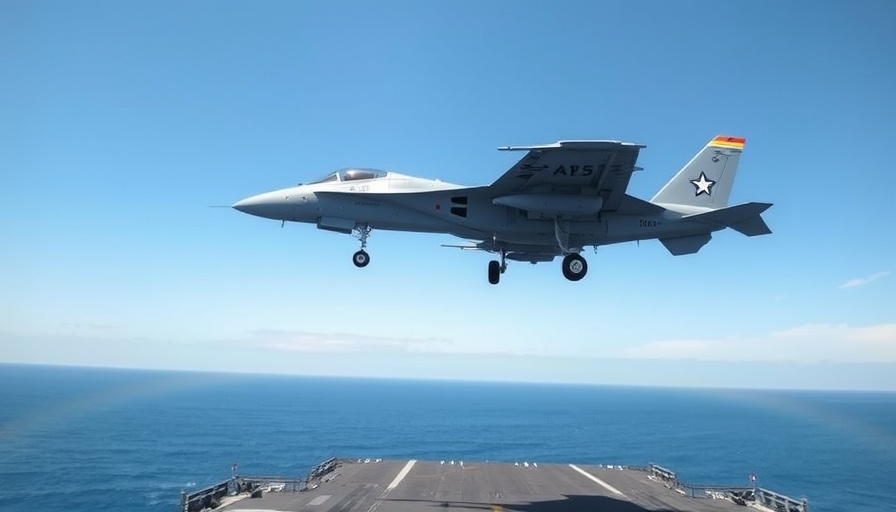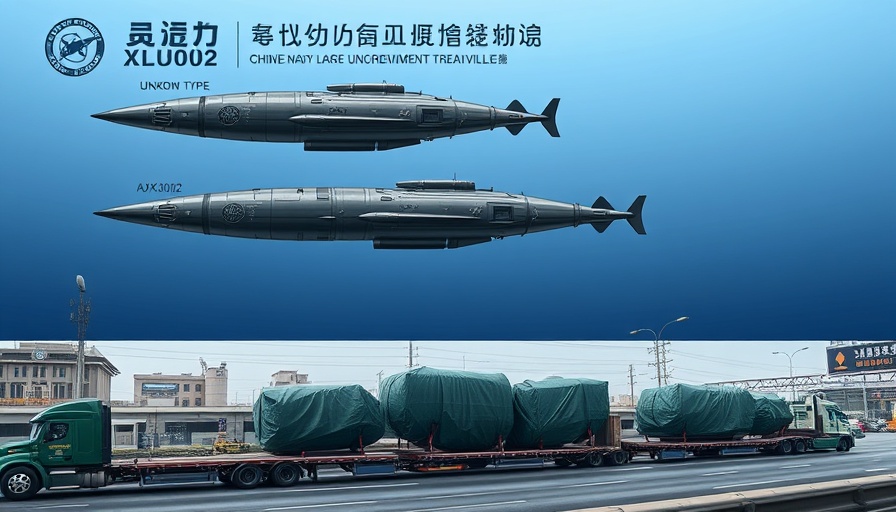
New Strategies Revolutionizing U.S. Navy Scheduling
The U.S. Navy has dramatically transformed its scheduling processes following a comprehensive overhaul of its maintenance planning. This initiative is not only improving operational efficiency but also enhancing the overall readiness of naval vessels, a crucial factor in the face of evolving global threats.
The Importance of Efficient Maintenance Planning
In the past, the Navy struggled with maintenance delays that impacted mission readiness. By adopting a new maintenance planning framework, the Navy aims to streamline operations, reduce downtime, and allow ships to return to active duty faster. This overhaul reflects a growing awareness of the need for efficient logistics in military operations, aligning with trends seen across various sectors, including healthcare and manufacturing.
What Prompted the Change?
The decision to revamp the maintenance planning process was primarily driven by the challenges posed by aging fleets and increased global tensions. As the Navy faces a wider array of threats, including cyber warfare and potential maritime confrontations, the need for quick and efficient scheduling has never been more crucial.
Stakeholder Feedback and Community Impact
Feedback from personnel involved in scheduling has highlighted significant improvements in morale and job satisfaction. Sailors are not only able to spend more time at sea but also enjoy the reassurance that their vessels are well-maintained and ready for action. This positive cultural shift can lead to improved performance on deployments and enhances the overall effectiveness of the Navy as a fighting force.
Future Predictions: The Path Ahead
Looking ahead, the Navy plans to implement more advanced technologies and data analytics to further refine their scheduling processes. As they integrate artificial intelligence and machine learning, we can expect even more sophisticated predictive maintenance capabilities that enhance readiness and extend the lifespan of naval assets.
Broader Implications for the Defense Sector
Other branches of the military and defense contractors are closely observing the Navy’s progress. Successful implementation of this improved maintenance scheduling can serve as a case study for other organizations aiming to enhance operational efficiency. The potential ripple effect across the defense sector may lead to significant advancements in how military logistics are managed globally.
A Call to Action for Continued Innovation
The Navy's journey illustrates the pressing need for continued innovation in maintenance and operational planning. As technology evolves, so too should the strategies we employ to safeguard national interests. Stakeholders must remain invested in improving processes, which not only ensure the readiness of our forces but also respond to the rapidly changing landscape of modern warfare.
 Add Row
Add Row  Add
Add 




Write A Comment